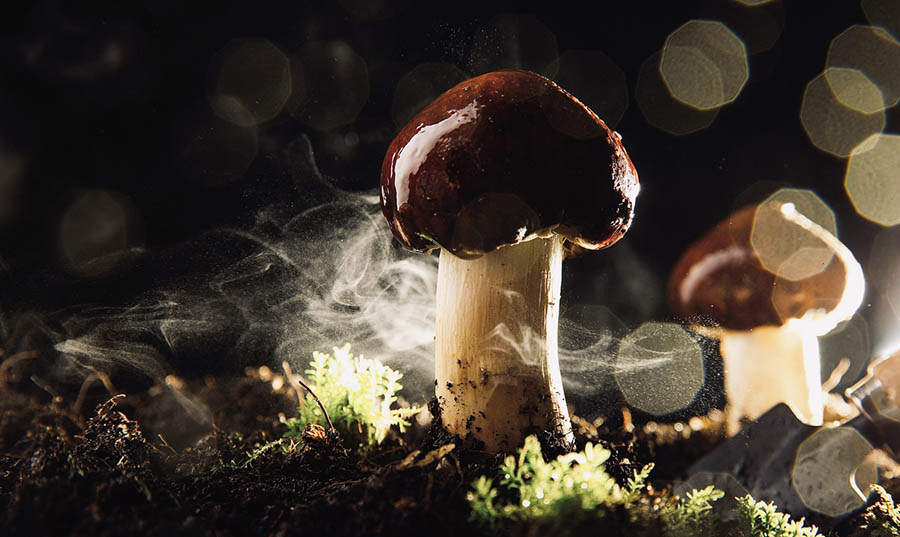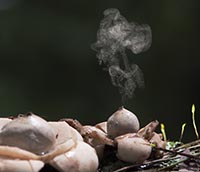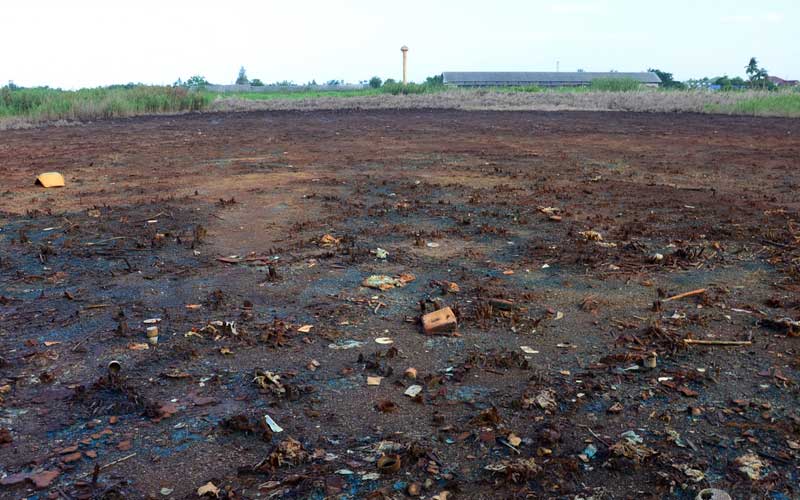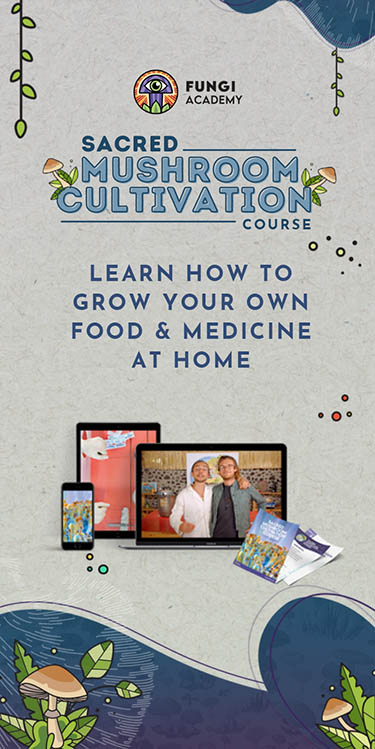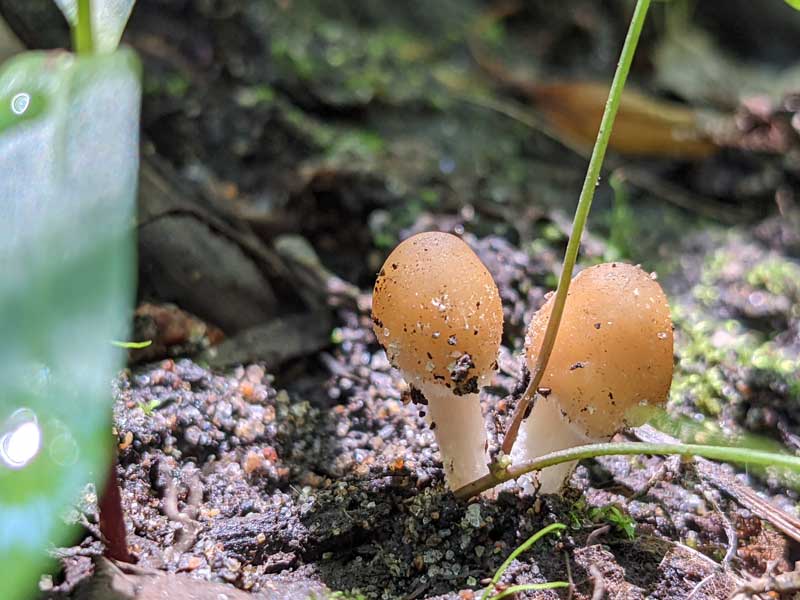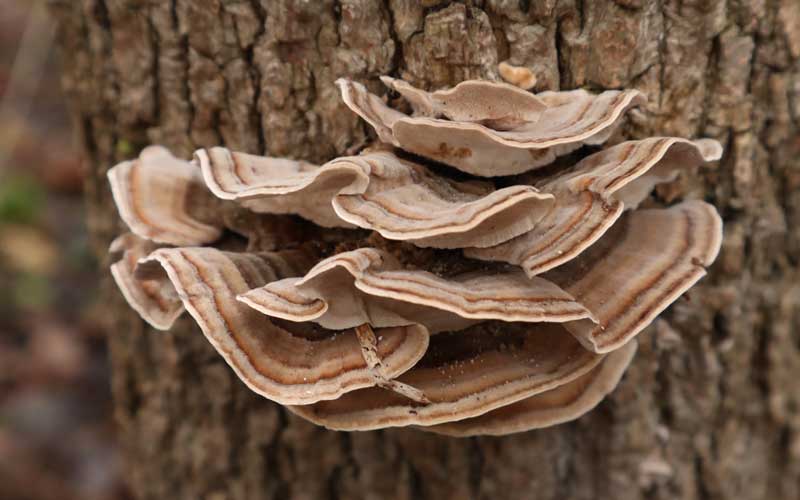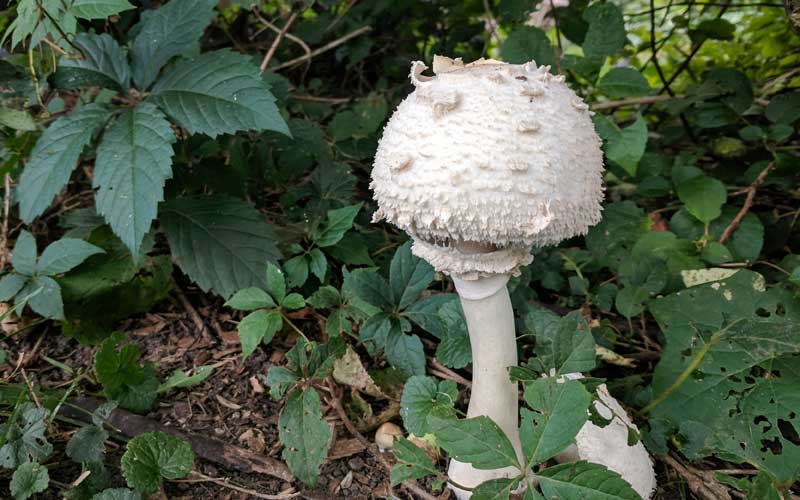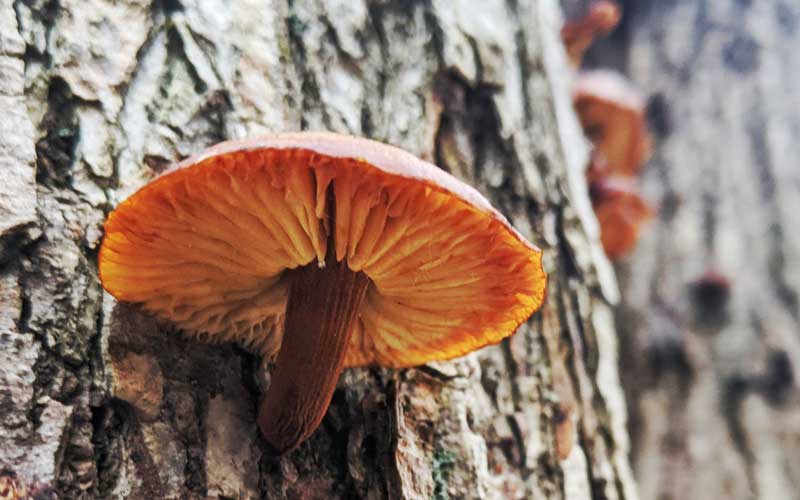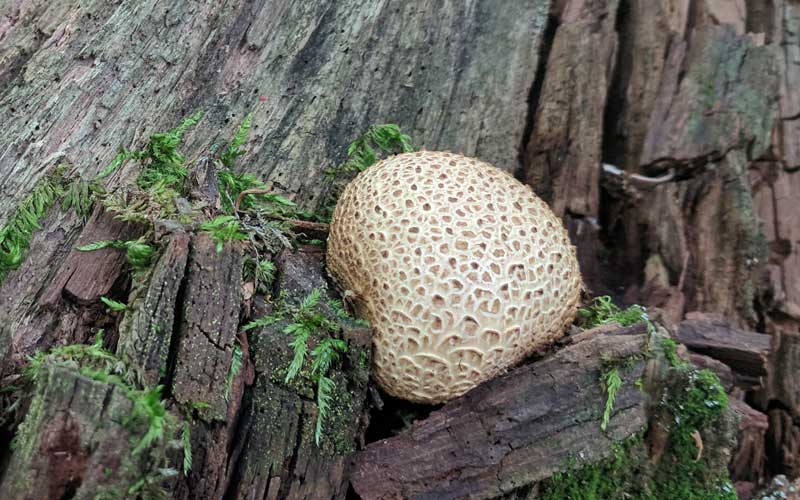- Home
- Mushrooms Intro
- Mushroom Spores
Mushroom Spores Are One of Nature’s True Marvels
In the intricate tapestry of nature, few organisms are as fascinating and vital as fungi. At the heart of their remarkable life cycle lies a microscopic marvel, the mushroom spore.
These minute propagules are not only essential for fungal reproduction but also play crucial roles in ecosystem dynamics and have potential applications in various fields of science and technology.
Understanding Mushroom Spores
Mushroom spores are the fungal equivalent of seeds in plants. They are incredibly small, typically measuring between 2 and 50 micrometers in diameter.
Despite their diminutive size, spores pack a powerful punch in terms of genetic information and survival capabilities. Each spore contains the complete genetic blueprint necessary to grow into a new fungal organism, given the right conditions.
Spores are produced by the fruiting bodies of fungi, which we commonly recognize as mushrooms. These structures are designed to maximize spore production and dispersal. The underside of a mushroom cap often features gills, pores, or teeth, where millions of spores are formed and released into the environment.
The Diversity of Mushroom Spores
Just as there is tremendous diversity among fungal species, there is also great variation in spore characteristics. Spores can differ in size, shape, color, and surface texture. These variations are not merely aesthetic; they often reflect adaptations to specific environmental conditions or dispersal mechanisms.
For instance, some spores have thick, pigmented walls that protect them from UV radiation and desiccation, allowing them to survive harsh conditions. Others have intricate surface patterns that may aid in air dispersion or attachment to surfaces. The diversity of spore morphology is so extensive that it serves as an important tool for mycologists in fungal identification and classification.
Spore Dispersal… Nature's Tiny Travelers
One of the most remarkable aspects of mushroom spores is their ability to travel vast distances. Fungi have evolved various mechanisms to ensure their spores can reach new habitats and colonize fresh substrates. The primary modes of spore dispersal include:
1. Wind Dispersal. Many fungi release their spores into the air, where they can be carried by wind currents. Some mushrooms even have specialized structures that help "puff" spores into the air.
2. Water Dispersal. Aquatic fungi and those living in moist environments often have spores adapted for water dispersal. These spores may have appendages that aid in flotation or movement through water.
3. Animal Dispersal. Some fungi rely on animals to disperse their spores. This can occur through ingestion and subsequent defecation or by spores sticking to animal fur or feathers.
Some fungi infect insects as their hosts, and then disperse spores from the bodies of the insects.
4. Ballistic Discharge. Certain fungi have evolved mechanisms to forcibly eject their spores, sometimes at accelerations of over 10,000 g!
The efficiency of these dispersal methods is astounding. A single mushroom can release billions of spores, and under ideal conditions, these spores can travel hundreds or even thousands of kilometers.
Ecological Importance
The dispersal capabilities of mushroom spores play a crucial role in ecosystem health and biodiversity. Fungi are nature's primary decomposers, breaking down organic matter and recycling nutrients. The wide distribution of spores ensures that fungal decomposers can quickly colonize new substrates, maintaining the balance of nutrient cycles in ecosystems worldwide.
Moreover, many plants rely on symbiotic relationships with fungi (mycorrhizae) for nutrient uptake. The spread of fungal spores facilitates the establishment of these crucial partnerships in new areas, supporting plant colonization and forest regeneration.
Mushroom Spores in Science and Technology
The unique properties of mushroom spores have not gone unnoticed by scientists and innovators. Research into spore biology has led to several exciting applications:
1. Bioremediation. Certain fungal species can break down pollutants and toxins. Spores of these fungi can be used to inoculate contaminated sites, offering a natural solution for environmental cleanup.
2. Medicine. Some fungi produce compounds with medicinal properties. Understanding spore germination and fungal growth is crucial for cultivating these beneficial species.
3. Materials Science. The resilience and water-repellent properties of some spores have inspired the development of new materials and coatings.
4. Climate Science. Fungal spores can serve as nuclei for cloud formation. Studying their distribution and properties helps in understanding atmospheric processes and climate patterns.
5. Forensics. The unique spore signatures of different fungi can provide valuable information in forensic investigations, helping to link suspects to crime scenes or determine time of death.
Challenges and Future Research
Despite their importance, much remains to be learned about mushroom spores. Researchers face challenges in studying these microscopic entities, including difficulties in culturing many fungal species and the vast diversity of fungi yet to be discovered.
Future research directions include:
- Improving our understanding of spore germination requirements to aid in the cultivation of beneficial fungi
- Exploring the potential of spores in drug delivery systems
- Investigating the role of fungal spores in global climate processes
- Developing better methods for detecting and identifying airborne spores for allergy prevention and air quality monitoring
Conclusion
Mushroom spores, though invisible to the naked eye, are true marvels of nature. Their ability to travel vast distances, survive in diverse environments, and give rise to organisms that play vital ecological roles makes them fascinating subjects of study.
As we continue to unravel the mysteries of these tiny travelers, we're likely to discover even more ways in which they impact our world and how we can harness their potential for the benefit of science, technology, and the environment.
Related Topics:
Fungi have sex in a variety of interesting and surprising ways.
Their range of reproductive options gives fungi a unique survival advantage. Who knew? Read the full article...
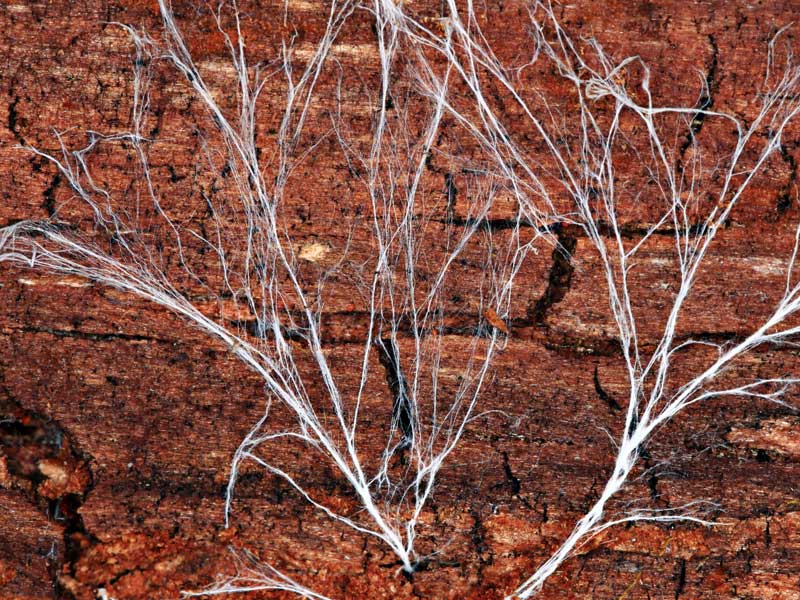
Mycelium… the underground network that connects and supports all life.
Mycelium is the miracle beneath our feet. It’s the root system of the mushrooms we see above ground, and a whole lot more. Read the full article...
Mycoremediation can help clean up large areas of polluted land and waters.
Mycoremediation is the use of fungal mycelium to help clean up oil spills, toxic soil at old industrial sites, and polluted waterways. Read the full article...
